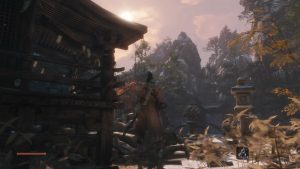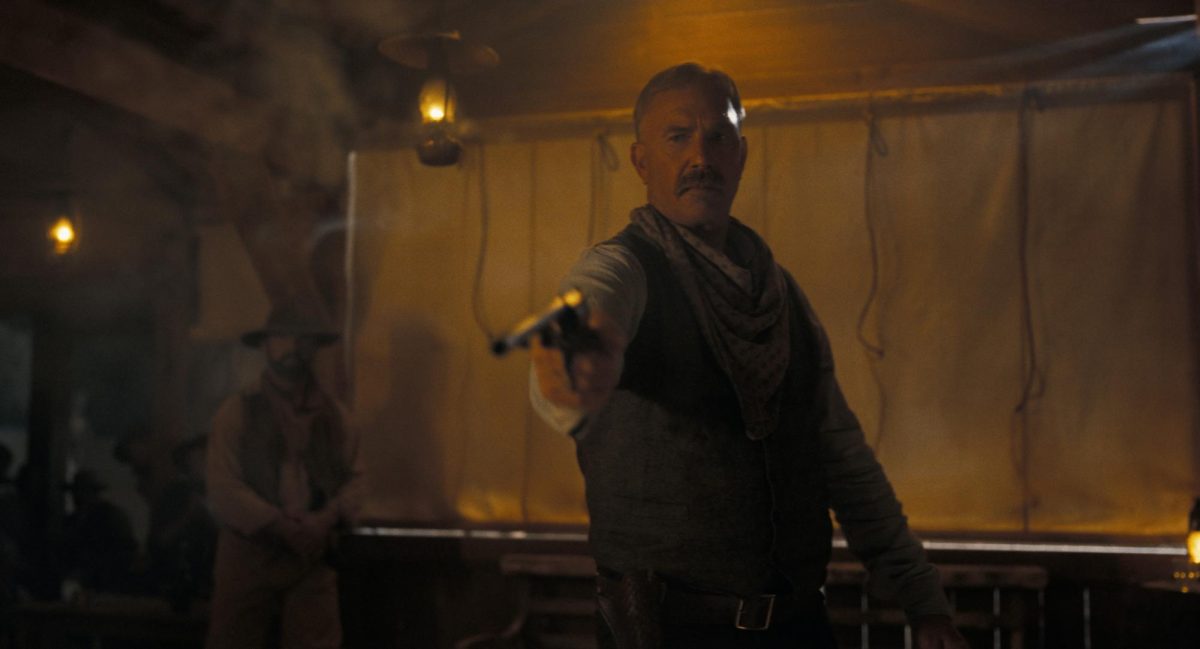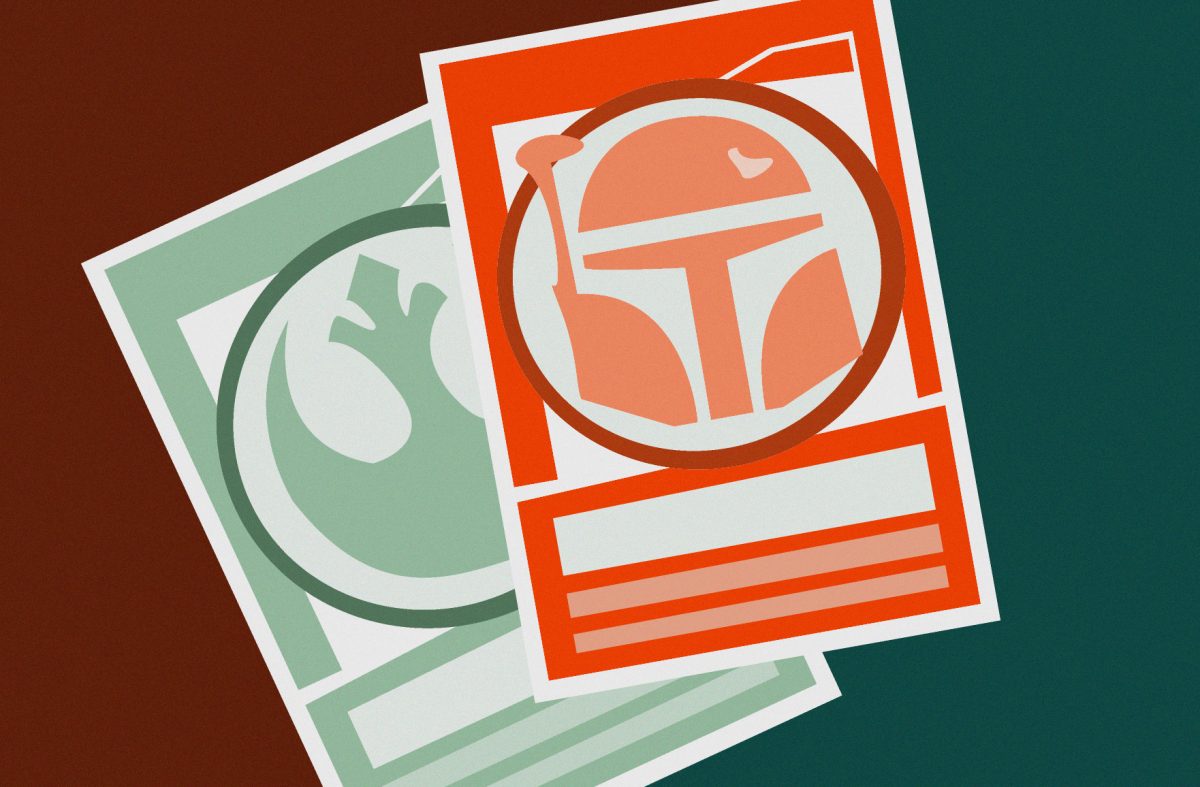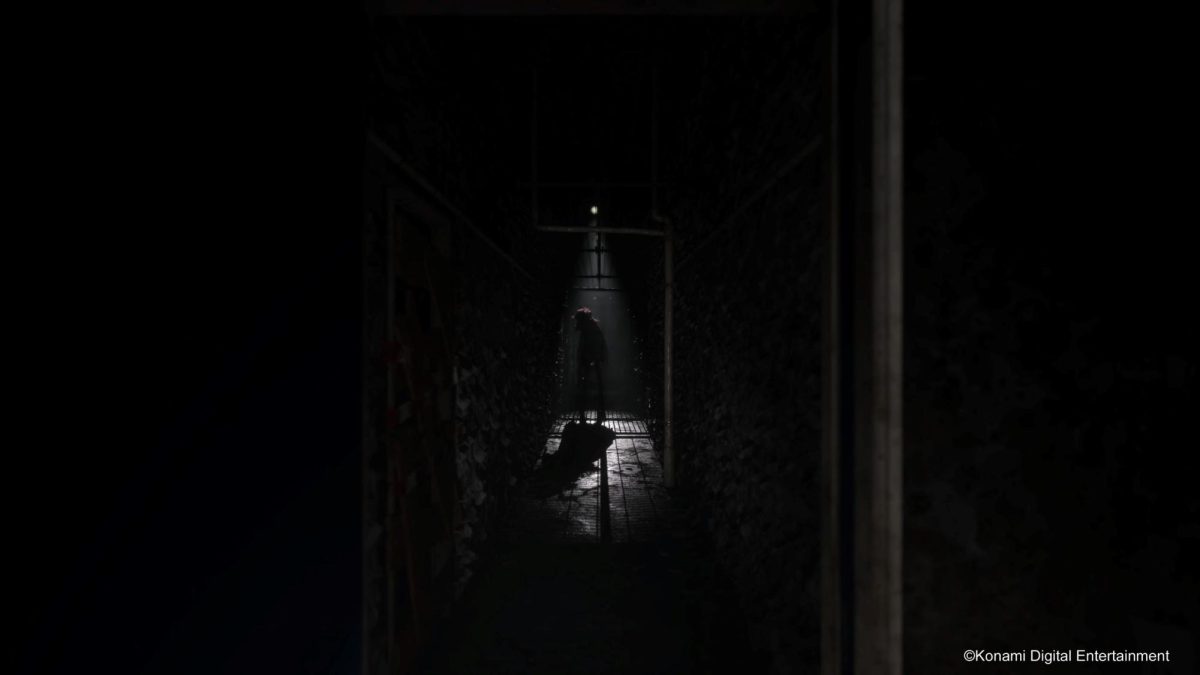死, probably the most recognizable Chinese word right now thanks to “Sekiro: Shadows Die Twice,” a game that truly reflects the meaning both narratively and mechanically: “that is death.”

If you’ve ever wanted to play as a ninja in a “Souls” game wielding a katana and a grappling arm, this intense and satisfying game developed by FromSoftware has you more than covered. “Sekiro: Shadows Die Twice” is neither another “Bloodborne” nor a “Tenchu” game, as predicted by fans. Hidetaka Miyazaki, president of FromSoftware, however, had confirmed “Tenchu” was more than a big influence. “Sekiro” is considered to be another addition to the “Tenchu” series. By taking inspiration from other sources as well, notably from Hiroaki Samura’s anime “Blade of the Immortal,” “Sekiro” was destined to be its own stand-alone franchise.

Beware, it is hard, like really freaking hard. The game is definitely a must-buy for anyone who even has the slightest interest in the Souls genre, but it does not cling on the same mechanic loop that defines many other similar games. The game still has the same strategic layer as the previous titles, but with much faster pacing. Naturally, it results in more challenging gameplay. The graphic is the biggest downside compared to contemporary triple-A games, but it does come with a unique art style which countered its less-impressive texture and rendering technique. The story and the narrative design is engaging, and refreshing compared to their previous works.

You play as Wolf, an aged Shinobi warrior, sworn to protect a young lord who was kidnapped after a battle that caused Wolf to lose an arm. He wakes up to meet an old Buddha sculptor after being saved and equipped with a Shinobi prosthetic — the grappling hook arm. It can be upgraded as items are collected and returned to the sculptor. Unlike other Souls-like games, the story is more straightforward rather than having to piece together the clues through armor and ornament descriptions. Key plots are shown using traditional cutscenes, though such moments are few and short. It is evident that FromSoftware was trying to find a balance between the more mainstream way of storytelling and their now-famous Souls’ narrative methodology.
“Sekiro” takes place in a fantasy version of the Japanese historical Sengoku era in the 1500s when war broke out due to political upheaval. FromSoftware bounced around two ideas for the game. They wanted to build upon the multi-layered maps — such as in their previous titles like the “Dark Souls” series — but with more of an open world feel, both laterally and vertically. They also hoped to create a more dynamic, adrenaline-inducing and ferocious combat system that depended upon strategy. So, ninja-roleplaying — with a dash of Samurai trope — was the believable way to realize these concepts.

Even more interestingly, “Sekiro” gives an almost-perfect answer to the ludonarrative dissonance existing in action games. For the uninitiated, ludonarrative dissonance is a term referred to the conflict between the narrative of the story and the narrative of the gameplay. Say the game tells you the hero you are controlling is a pacifist, then in the actual playthrough, you can kill anybody in eyesight. Here, it refers more specifically to how cinematic and realistic the sword fighting is. Thanks to the new posture system, players have to deflect the enemies’ attack with appropriate timing. Combat in gaming has never been felt so responsive. The animation of the combat between you and the enemies strictly follows the physical rules in real life. Here, you rarely see a sword cutting through a person’s throat only to cut down ten percent of his health. Parrying makes up the majority of an encounter, it makes perfect sense both in terms of the fun of gameplay and the realism of the story. Sword fighting in the real world is all about that one fatal blow, especially in Samurai culture, so the game fits the narrative of its gameplay perfectly into the theme.

This same concept also explains the game’s deceivingly simple combat system. Instead of having multiple buttons for attack, block and combinations, only one button is for blocking and one for attacking. Just like playing as a ninja, “Sekiro” is set up for the use of stealth with use of crouching, eavesdropping and enemy A.I. warning alerts. Gameplay is less linear, meaning there isn’t just one way to progress. Players can choose to avoid enemies by either sneaking past them or escaping danger when needed by flying above them with use of the grappling hook.
This decision to push towards a more traditional in-game narrative inspired skepticism. After all, the very charisma of Souls genre is the unconventional narrative structure. However, many will believe the creators made the right decision after a few hours into the game. The reason is customization. Unlike “Dark Souls,” which includes hundreds of various armors and weapons that players can equip, as well as full customization over the appearance of the character which players control, “Sekiro” only has one pre-determined hero with fixed weaponry and armor. Therefore, a stronger character agency is taking the lead instead of a player agency. These two principles of narrative design are equally compelling and crucial, and it’s good to see FromSoftware sailing away from their comfort zone.
Players can respawn or use another life by means of the little Lord’s sacred blood to resurrect after the painstaking, nostalgic death screen. After dying, players get a chance to get a do-over, opening up the challenging Souls genre to more players who were barred before due to relentless difficulty. Now, this is not to say that “Sekiro” is easy by any means. The idea for resurrection wasn’t incorporated until partway through development — this was the only real issue that came up during development. Which is a lot to say these days when so many games are plagued with obstacles. When resurrection is used, the player is penalized by losing half their coin and experience points. If used too often, the game’s world is stricken with a divine sickness, Dragonrot, a disease that can be reversed with particular items.

Many components of the game ring of Miyazaki’s charm: From the Buddha statues throughout the world for resting and traveling points, gourds that serve as healing Estus Flasks, a map overlaying itself with a central hub for upgrades, vastly diverse bosses and a beautifully rendered landscapes that beckons exploration.
Verdict: 9/10
Overall, FromSoftware has delivered more than expected in means of a challenge that makes you not want to give up. From the unique combat design and enemies, an awe-inspiring world and an intriguing storyline with interesting characters, you will not be disappointed — just frustrated. “Sekiro: Shadows Die Twice” was released March 22 for PS4, Xbox One and PC.














